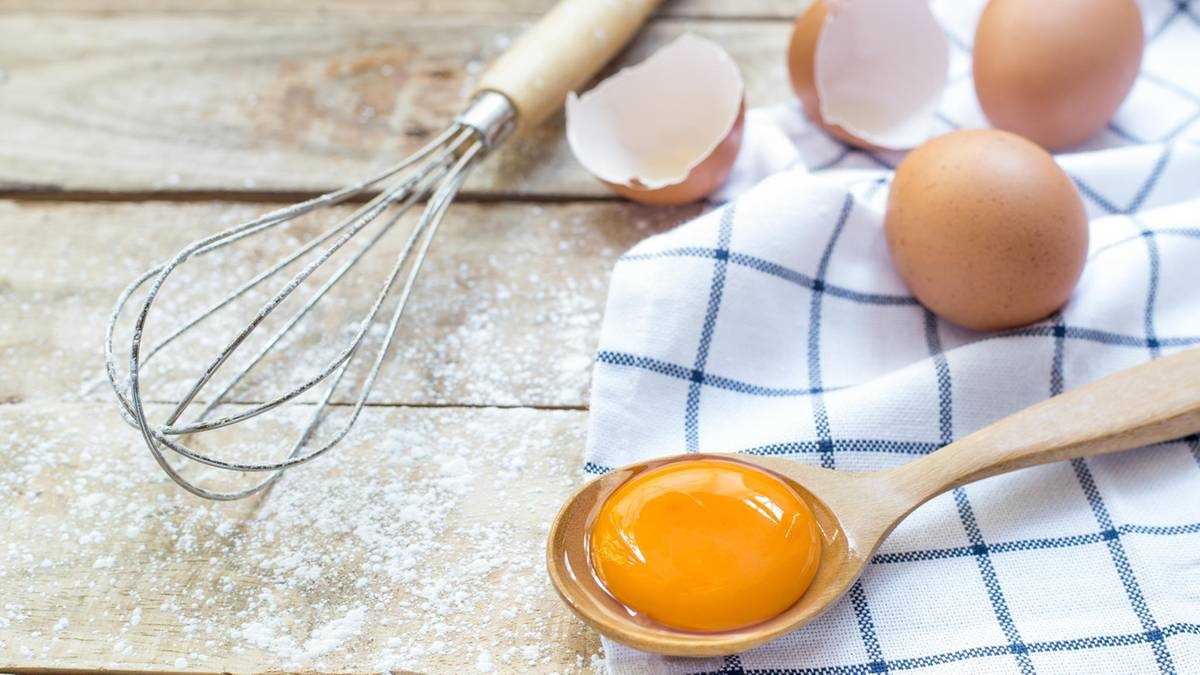Alloying: This is how it works step by step
- Since that Alloying takes place only at the end of the cooking process, you have to cook the sauce or soup first.
- Then you separate an egg and whisk the egg yolk with four to five tablespoons of soup liquid or some cream. (You can bake coconut macaroons or cinnamon stars with the egg whites, for example.) If you have cooked a very large pot of soup, you need two to three egg yolks.
- Slowly stir the egg mass into the soup to bind it. Important: It must be hot, but must not cook anymore, otherwise the egg yolk will curdle and you will get a flaky soup instead of a creamy one. It is best to pull the pot off the hob just before alloying.
The advantages of alloying
Egg yolk contains the natural binder lecithin, which thickens liquids. Alloying not only ensures that soups become creamy, it also rounds off the taste and gives the food a shine. You should make sure that you only ever use fresh eggs, since the egg yolk is no longer cooked.
If the food does clot, you can try crush the flakes with a hand blender. Sauces and other thin dishes can be poured through a sieve to remove the pieces.
Alloy desserts
It's best to alloy desserts like pudding with a mixture of egg yolk, starch, milk and sugar. By adding starch, it is not a problem when the food is boiled, because it prevents the egg yolk from clotting. So nothing stands in the way of a homemade pudding!
You can exchange more cooking tips in the BRIGITTE community. With us you will also learn what you need to consider when blanching, breading and sautéing and we will explain how to make a roux without lumps.
